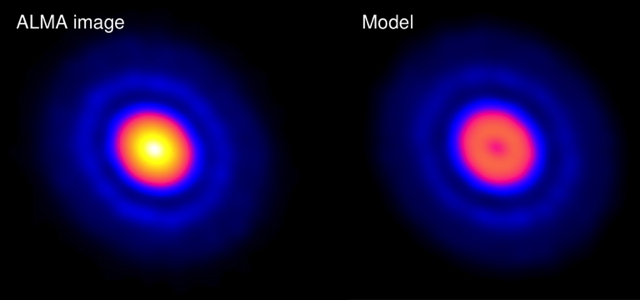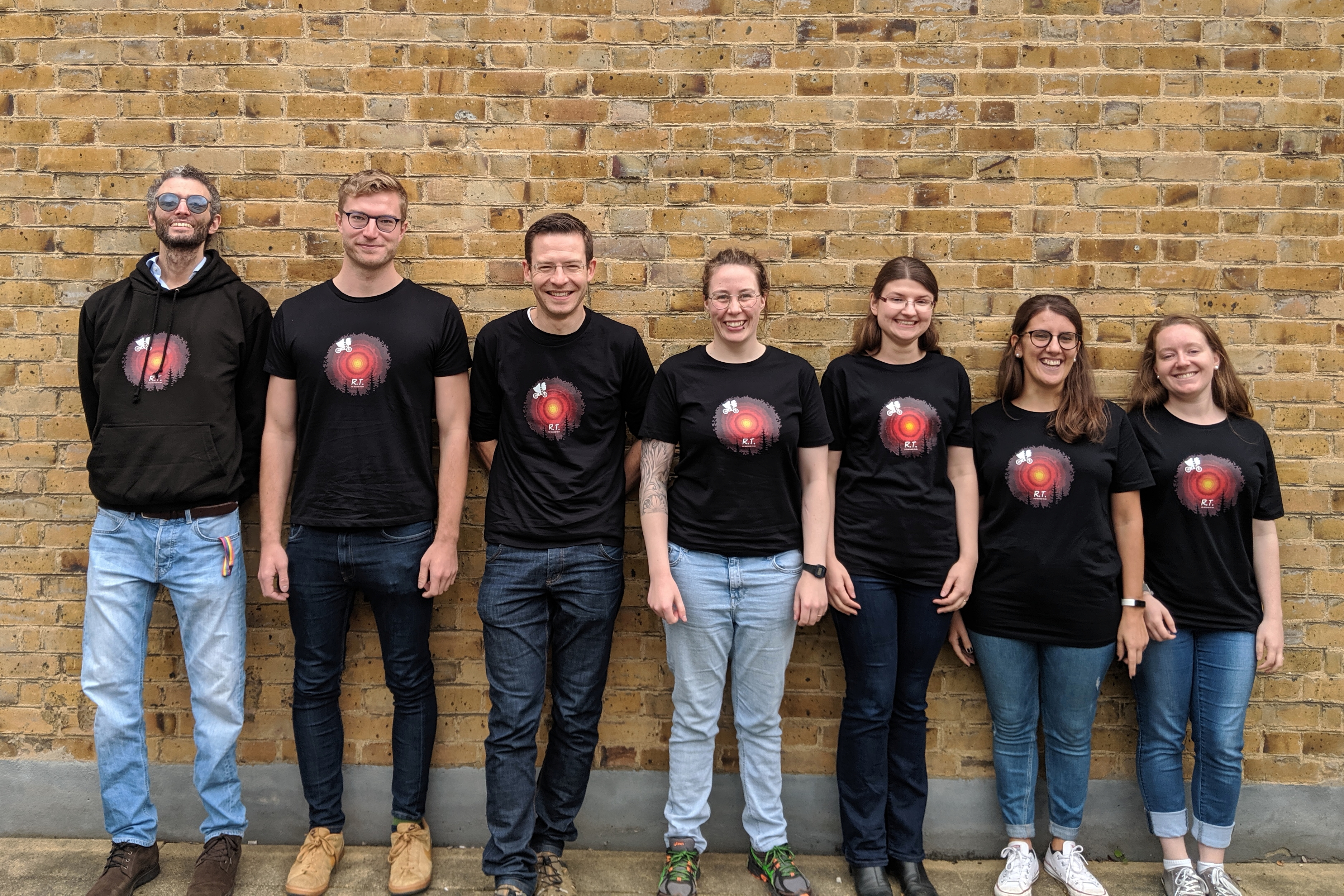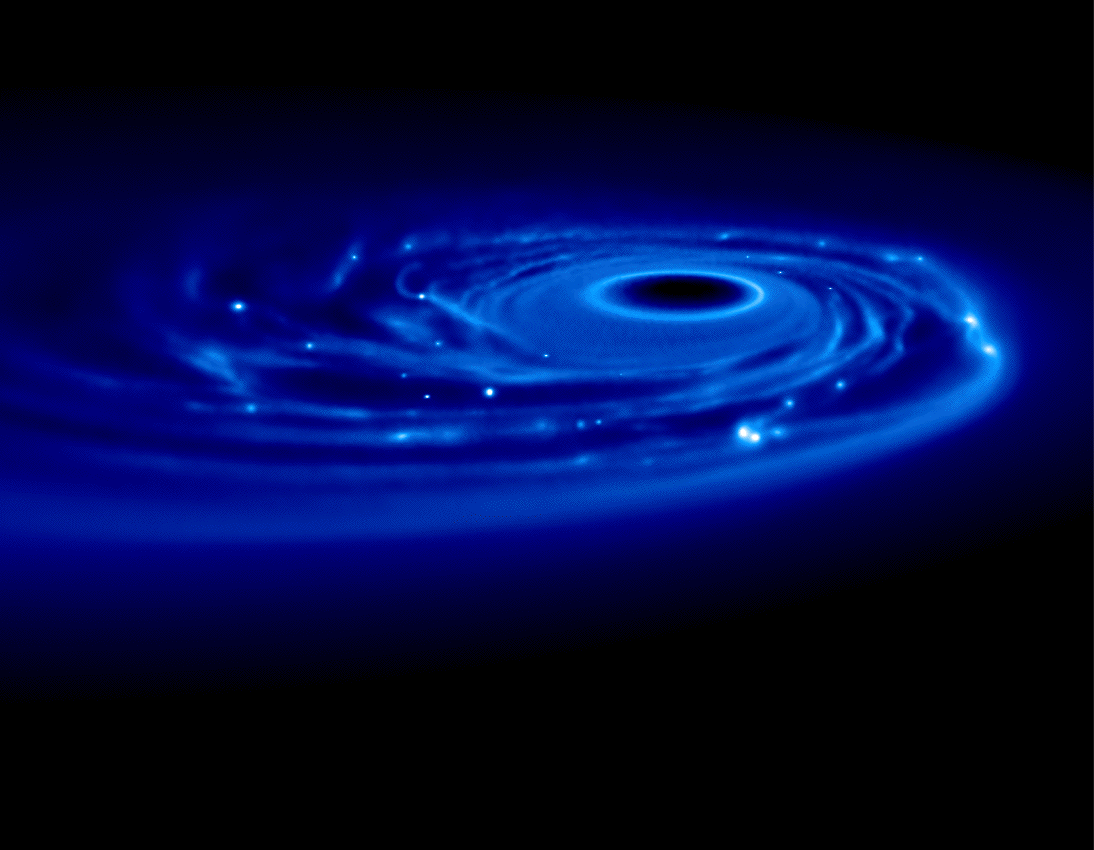Planets form in cold discs of dust and gas around young stars like the sun. We know, however, that only a small fraction of the material in these protoplanetary discs ends up in planets; most of the disc is either accreted on to the star or blown away in winds or jets. My PhD and subsequent research investigated these processes in detail, and a comprehensive review of disc evolution and dispersal can be found in our review chapter in Protostars & Planets VI. More recently my research focus has shifted to understanding how protoplanetary disc physics shapes the formation of planetary systems. Recent highlights include ALMA observations and numerical simulations of gaps and rings in planet-forming discs (led by former postdoc Giovanni Dipierro, shown on the upper right); investigating disc warps caused by misaligned planets (led by former postdoc Bec Nealon; lower right); and the possible discovery of a misaligned planet orbiting a young binary star (led by former PhD student Giulia Ballabio). Current projects include building new models of protoplanetary disc evolution (with PhD student Simin Tong), and studying dust-gas dynamics in planet-forming systems (with postdoc Sahl Rowther).
To read more about specific projects, please go to my publications page.
BuildingPlanS
From 2016-21 I was the Principal Investigator (PI) of Building planetary systems: linking architectures with formation (BuildingPlanS), a €1.95M project funded by the European Research Council (ERC). The main aim of this project was to understand how protoplanetary discs shape the architetures of observed exoplanet systems, using a combination of computational models and new observations. BuildingPlanS concluded in December 2021, and our main results were summarised in the ERC's article about the project. A complete list of the refereed papers published by the BuildingPlanS project can be found here.
The photo to the right shows the BuildingPlanS team as we looked in September 2019. From left to right: Enrico Ragusa (postdoc), Andrew Winter (postdoc), Richard Alexander, Cass Hall (Winton Exoplanet Fellow), Alison Young (postdoc), Giulia Ballabio (PhD student), Rebecca Nealon (postdoc).


